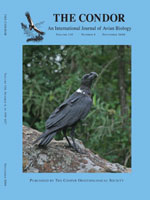Articles (5)
Feature Articles (15)
COMMENTARY (3)
Book Reviews (3)
News and Notes (3)
Reviewers (1)

No abstract available
No abstract available
No abstract available
No abstract available
No abstract available
No abstract available
No abstract available
No abstract available
No abstract available
No abstract available
No abstract available
No abstract available
No abstract available
